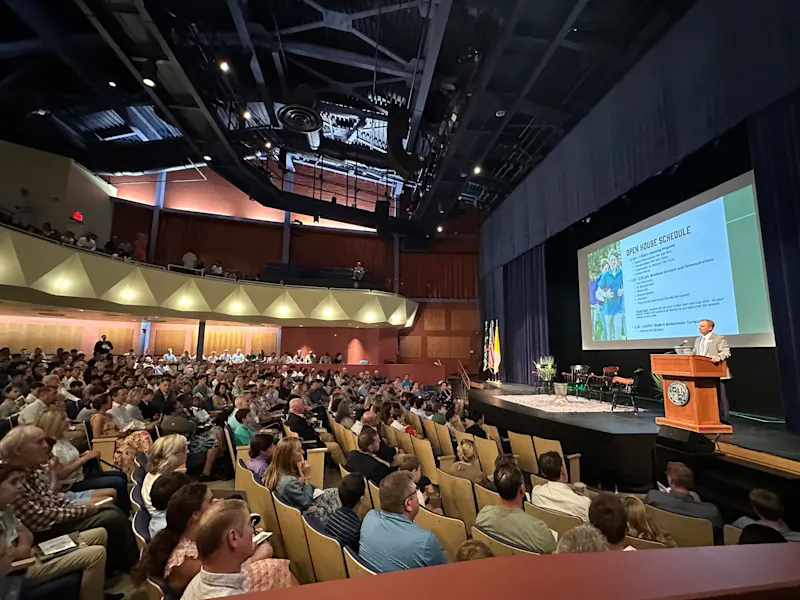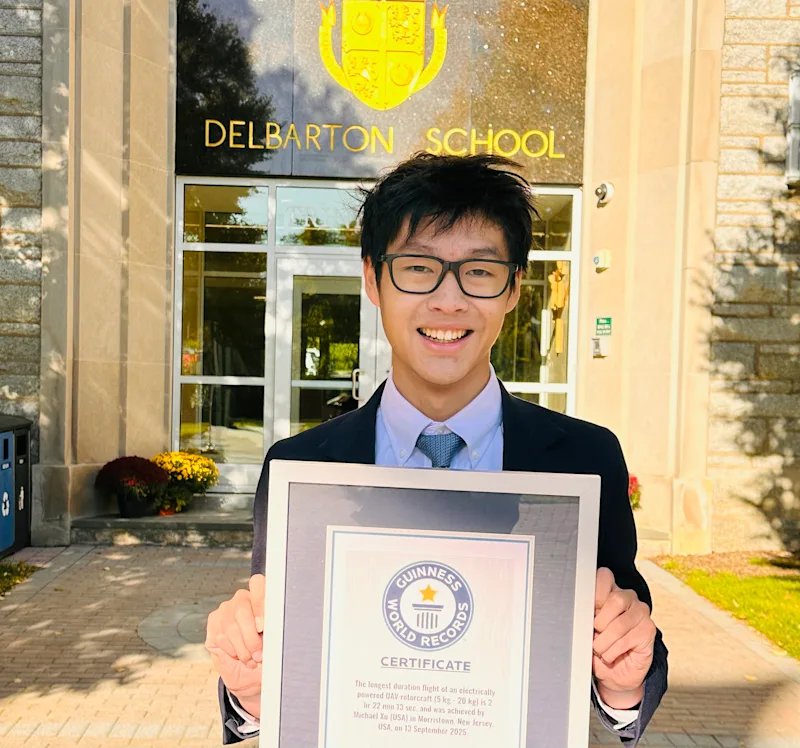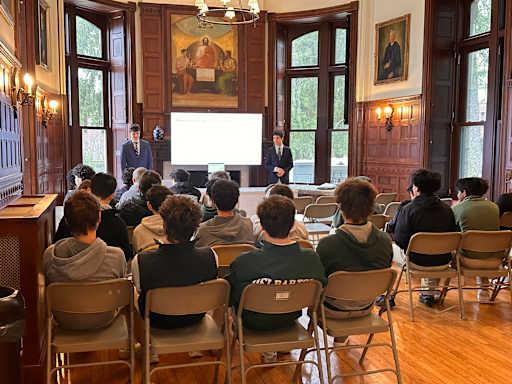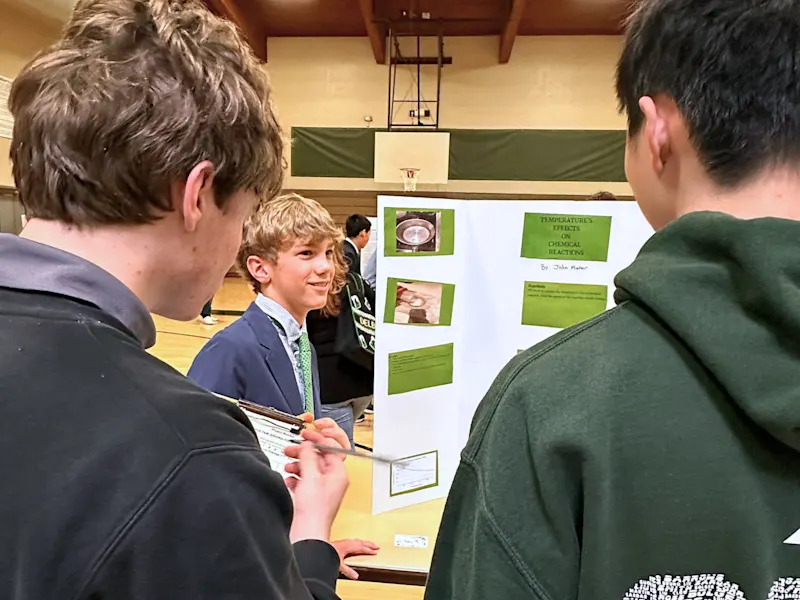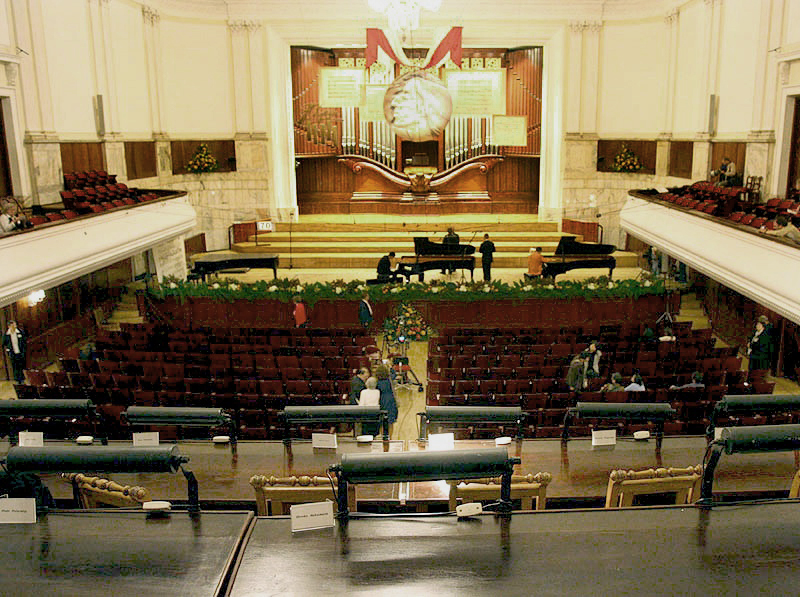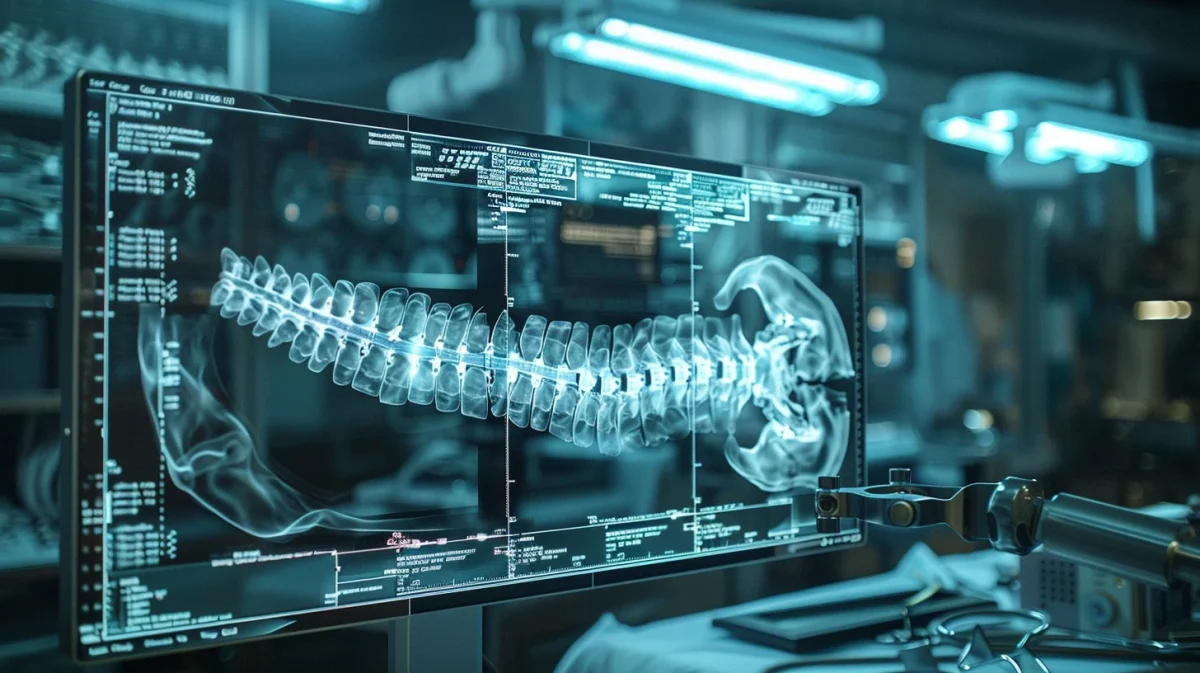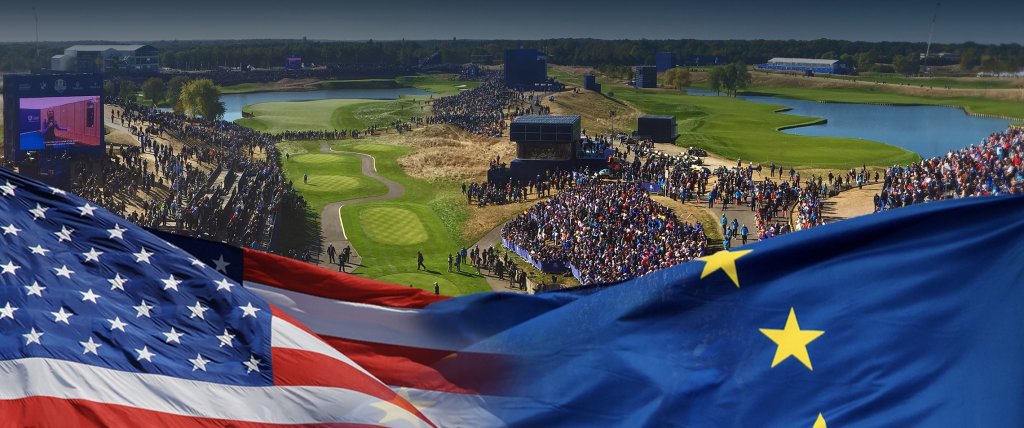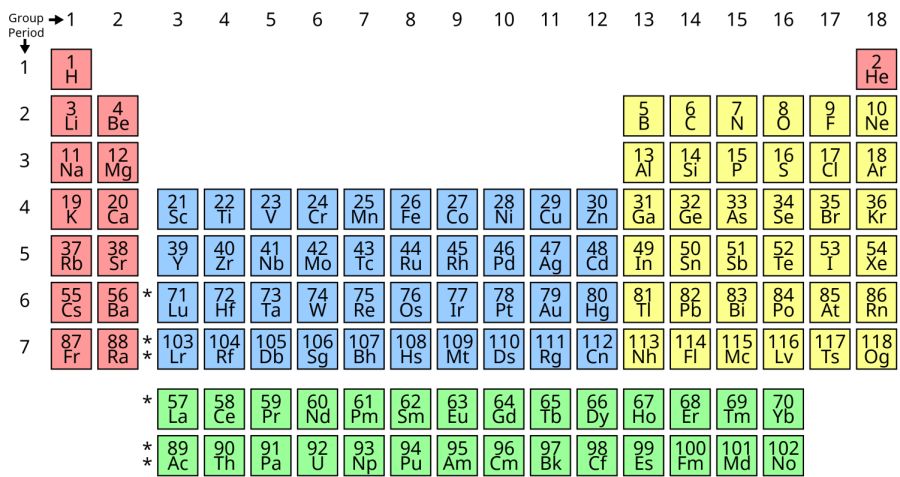Click Chemistry: The Latest Nobel Prize
The Key to Bioengineered Cures May Be At Hand
October 25, 2022
On Wednesday October 5th, the Nobel Prize in Chemistry was awarded to three scientists for their development of “click chemistry”. Together, Dr. Sharpless of Scripps Research, Dr. Meldal of the University of Copenhagen, and Dr. Bertozzi of Stanford University utilized imaginative processes to create and improve upon this branch of chemistry.
This innovative technology will assist scientists in bioengineering new medicines, and improve internal cell research by forming complex molecules to study their impact on an individual cell’s functions. In addition to its help in bioengineering new medicines, this multifaceted innovation will also improve internal cell research. Chemists may now tag molecules within an organism and bioimage them. In applying this newly developed technology, scientists may combine molecular pieces more effectively, thus creating an efficient way of producing and targeting pharmaceuticals essential for disease research.
In attempting to create a technology, by “clicking” molecules together as one might assemble “Lego” blocks, chemists were at a loss due to the difficulty of forming carbon bonds in a lab. If one were lucky enough to cause a bond between carbon atoms, it would set off numerous unwanted side-reactions and lead to a loss of material. Thus, Dr. Sharpless proposed that chemists use molecules with an existing carbon frame and connect them with either oxygen or nitrogen, like a Lego Brick. This process would cause far less wasted material and would later be labeled “click chemistry” by Dr. Sharpless.
During Dr. Sharpless’ research, Dr. Meldal simultaneously uncovered two molecules that were easily bonded by copper ions. In doing so, Dr. Meldal legitimized Dr. Sharpless’s findings and provided a base for “click chemistry”. Instead of building lage and complex pieces from “scratch”, scientists can make or fins smaller pieces and combine them to form bigger, more complex pieces without the unwated loss of material.
While Dr. Sharpless and Dr. Meldal published their findings, Dr. Bertozzi continued to search for a way to attach a handle and fluorescent tag to complex carbohydrates known as glycans. Since copper was toxic to living organisms, Dr. Bertozzi was forced to discover another way of using “click chemistry”. Consequently, Dr. Bertozzi realized a process in which she could make one of the molecules into a ring- shape to create enough energy for the reaction to occur without the use of copper.
Though the exploration of “Click Chemistry” has only just begun, these three Nobel prize winners have opened up a new door that will prove revolutionary to mankind.
[The Courier would like th thanks Mr. Thoreau for his assistenc e in editing this article.]


